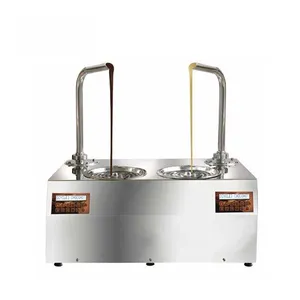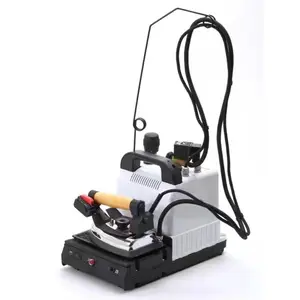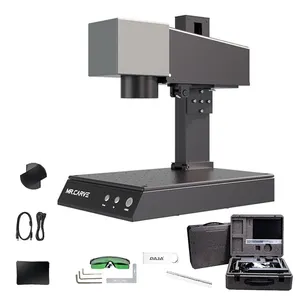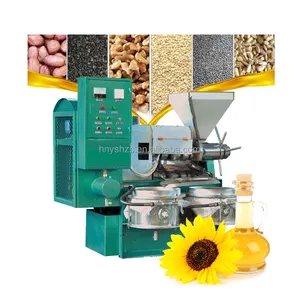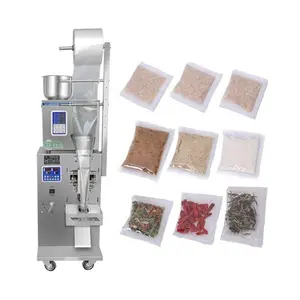Popular in your industry













































































Related Searches:



























































































































Top categories
About induction annealing machine
Understanding Induction Annealing Machines
Induction annealing machines are specialized equipment used in various industrial processes to heat materials using electromagnetic induction. The purpose of annealing is to alter the physical and sometimes chemical properties of a material to increase its ductility and reduce its hardness, making it more workable.
Types and Applications
These machines come in various sizes, catering to different industrial needs. From compact units ideal for small-scale workshops to larger, industrial-grade machines, the application of induction annealing technology spans across sectors including automotive, aerospace, and manufacturing. They are instrumental in processes that require precise control over temperature to achieve optimal material properties.
Technical Features
The core of an induction annealing machine lies in its electrical induction system, which generates heat without direct contact. This non-contact heating process ensures uniform temperature distribution and consistent annealing results. The machines are equipped with hydraulic systems that facilitate the tilting of the furnace, allowing for efficient handling of materials. Advanced models come with a PLC system for streamlined operation and control.
Material Handling and Efficiency
Induction annealing equipment is designed to handle a variety of metals, with melting pots that can tilt up to 95 degrees for effective material transfer. The efficiency of these machines is evident in their melting speed, which varies based on metal type and equipment specifications. Additionally, the inclusion of a water-cooling system is crucial for managing the high temperatures involved in the annealing process.
Advantages of Using Induction Annealing
The use of an induction heat treating furnace offers significant advantages in terms of efficiency and labor. The automation of the annealing process reduces the need for manual intervention, thereby minimizing effort and fatigue. This leads to increased productivity as multiple operations can be performed with ease, such as tapping and countersinking, without compromising on the quality of the holes or the neatness of the work.
Environmental and Safety Considerations
Modern induction annealing systems are designed with environmental and safety considerations in mind. The enclosed furnace design in some models helps to contain emissions, while the precise control over the annealing process ensures energy efficiency. Safety features are integrated to protect operators from the high temperatures and potential hazards associated with metalworking.
Incorporating an induction annealing machine into your industrial processes can significantly enhance productivity and material workability. While exploring the options available on Alibaba.com, consider the specific requirements of your applications to find the most suitable machine that aligns with your operational needs.

